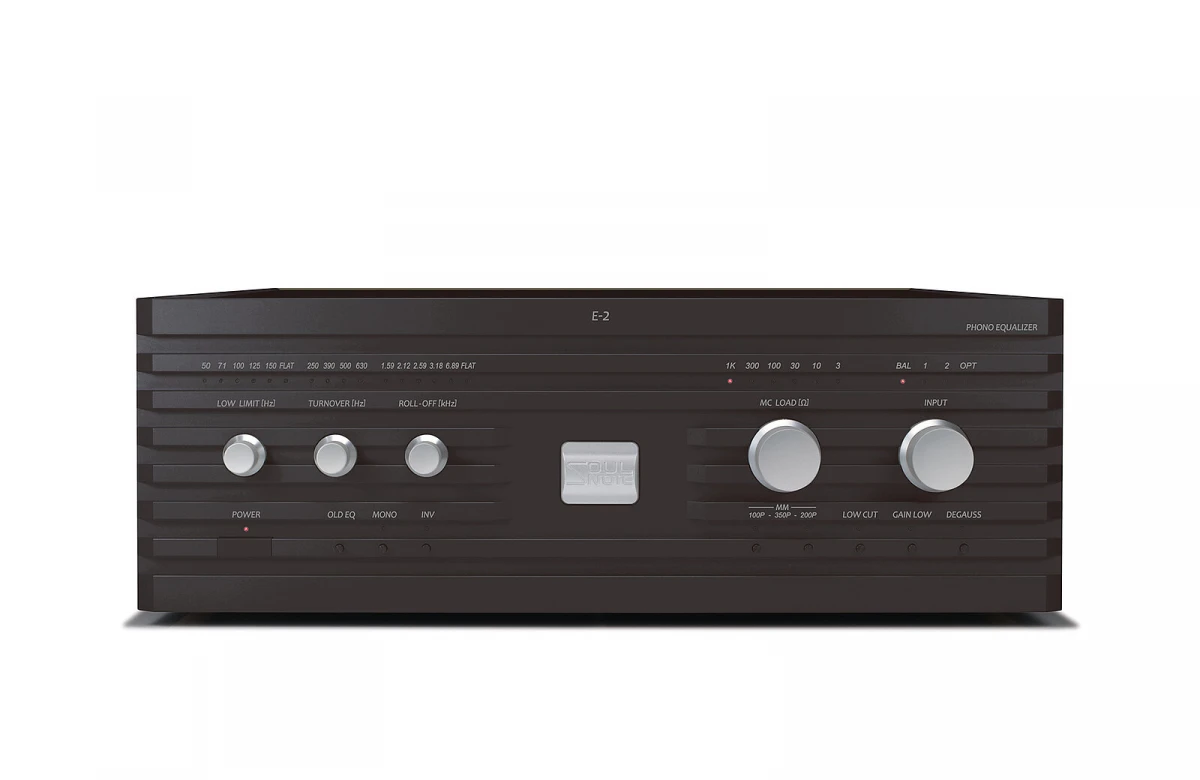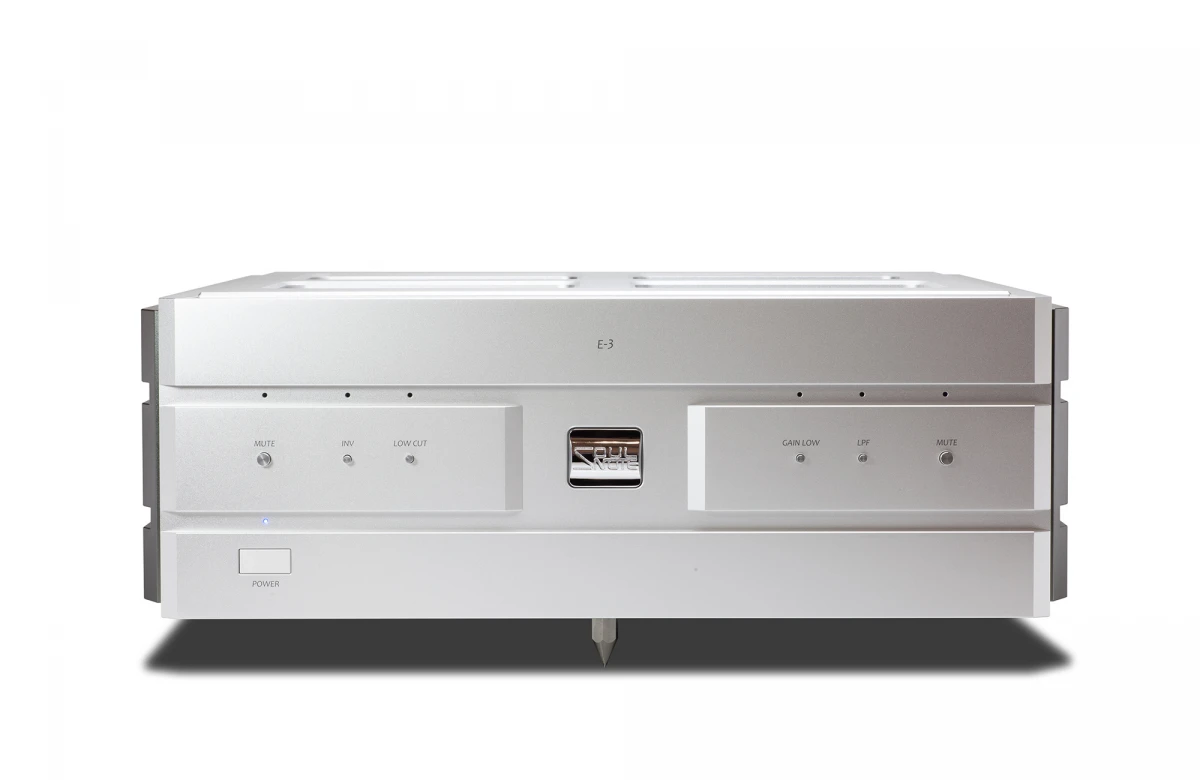Phonostages — Soulnote E-1
Description, images, technical data and specifications
Soulnote E-1
Image source — © Soulnote
The Soulnote E-1 is based on the scheme and components of the legendary ph 1.0 phono corrector and has improved all the subtleties of this model. Due to the inclusion of RIAA elements in the load of the voltage amplification circuit, the E-1 has a unique circuit system that makes the gain characteristic of the RIAA and ensures uniform quality over the entire frequency range above 100 kHz, thereby eliminating the disadvantages of both CR types, which have problems with dynamic range at the upper level and NF types, which change the volume. NF depends on the range.
Specifications
Model name
E-1
Inputs (balanced)
1
Inputs (single-ended)
1
MC current-sensing input impedance (Ω)
3, 10, 30, 100, 300, 1000
MM/MC voltage input impedance (Ω)
N/A
Output impedance (Ω)
N/A
Gain (dB)
70 (MC), 50 (MM)
Playback EQ curves accuracy (dB)
N/A
Frequency response low +/- 3dB (Hz)
N/A
Frequency response high +/- 3dB (Hz)
N/A
Total Harmonic Distortion + Noise (%)
N/A
Dimensions (mm)
456 × 109 × 409
Weight (kg)
10.5
Official link
More components

Phonostages
Soulnote E-2

Phonostages
Soulnote E-3


